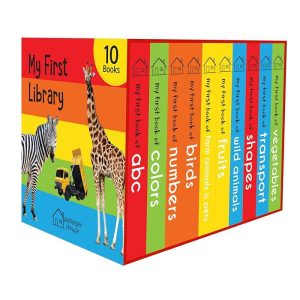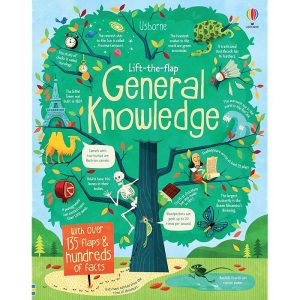Description
A **Phonics Catch-up Activity Book for Ages 6+** is an excellent resource for children to strengthen their phonics skills, especially if they’re looking to catch up or reinforce what they’ve learned. Here’s an outline of what such a book might include to make it ideal for home learning:
### 1. **Phonics Overview**
– **Clear Phonics Explanation**: An easy-to-understand introduction to phonics, including letter sounds, digraphs (two letters making one sound, like “sh” or “ch”), and trigraphs (three letters, such as “igh”).
– **Sound Charts**: Visual aids that show the sounds associated with different letters and combinations.
### 2. **Engaging Activities**
– **Sound Recognition**: Activities that ask children to match sounds to letters or pictures (e.g., identifying the “s” sound in “sun” or the “ai” sound in “rain”).
– **Word Building**: Pages with fill-in-the-blank exercises, where children can practice blending letters together to form words.
– **Rhyming and Segmentation**: Fun activities that help children identify rhyming words or break down words into their individual sounds.
### 3. **Practice with Word Families**
– **Word Lists**: Practice with common word families like “-at,” “-in,” “-ot,” and “-ig,” helping children recognize patterns in words.
– **Simple Sentences**: Short sentences where the child can practice sounding out words and understanding how letters combine in context.
### 4. **Interactive Challenges**
– **Cut-out Cards**: Pages that children can cut out to form words or make word-picture matches.
– **Puzzles & Games**: Activities like word searches, crosswords, or bingo focused on phonics skills.
– **CVC Words**: Pages dedicated to consonant-vowel-consonant (CVC) words, which are simple words like “cat” or “dog.”
### 5. **Reading Practice**
– **Short Stories**: Simple stories with repetitive sentence structures and high-frequency words to practice reading fluency.
– **Comprehension Questions**: After each short story, there could be a few questions to test comprehension and reinforce phonics.
### 6. **Visual & Audio Support**
– **Illustrations**: Bright, colorful pictures to engage children and help them connect sounds to images.
– **QR Codes or Links to Audio**: Some books may include QR codes that link to pronunciation guides, songs, or videos to reinforce phonics learning.
### 7. **Progress Tracking**
– **Self-assessment Pages**: Sections where children can track their progress, perhaps with smiley faces or stickers for motivation.
– **Review Sections**: Regular review pages that encourage children to revisit previous lessons and solidify their learning.






Reviews
There are no reviews yet.